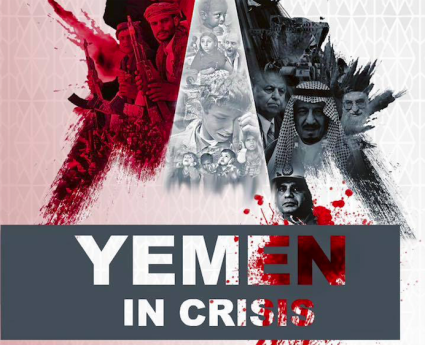BY DHRUVA JAISHANKAR
 There has been much speculation that India might be reconsidering its no first use strategy, but such talk has found few takers in the government. For India, the only true purpose of nuclear weapons are as deterrents.
There has been much speculation that India might be reconsidering its no first use strategy, but such talk has found few takers in the government. For India, the only true purpose of nuclear weapons are as deterrents.
India has been a declared nuclear weapon power for almost two decades. And yet, in the intervening period, not very much information has come to light about its nuclear program. The absence of information is deliberate and may even be necessary. Ambiguity confers advantages, particularly when a country has a small nuclear arsenal. Whatever the exact numbers, India’s nuclear weapon stockpile is probably smaller than every declared nuclear weapon power, other than North Korea. This has helped to keep down costs and minimise security risks, while maintaining a basic nuclear deterrent.
But because a small nuclear arsenal has required a great deal of secrecy and ambiguity, the absence of information about India’s nuclear program has opened space for considerable speculation by observers, including in academic circles, both in India and abroad. Some of that speculation is informed, while much is extrapolated from scant statements made by current and former Indian officials. Some of the recent commentary on India’s changing nuclear strategy must be seen in this context. But it is important to highlight what we know about India’s nuclear strategy and why it matters, before analysing some of the present discussions about India’s future nuclear intentions.















